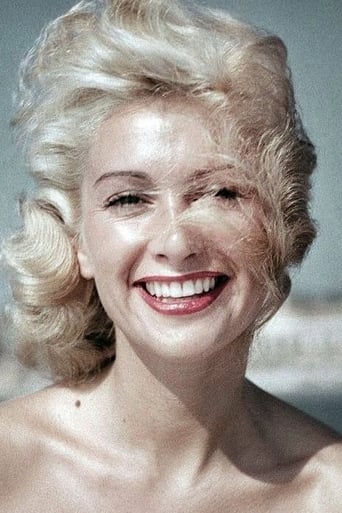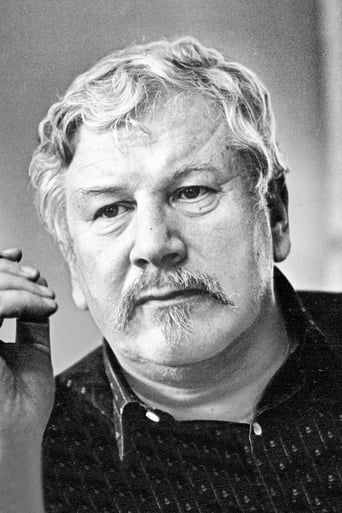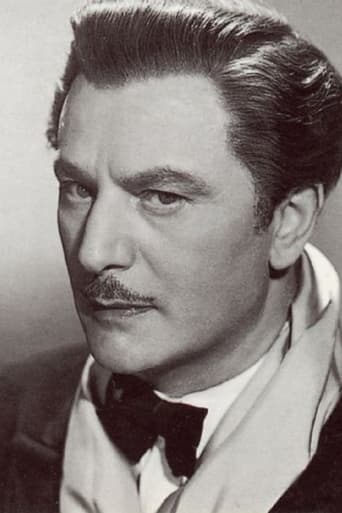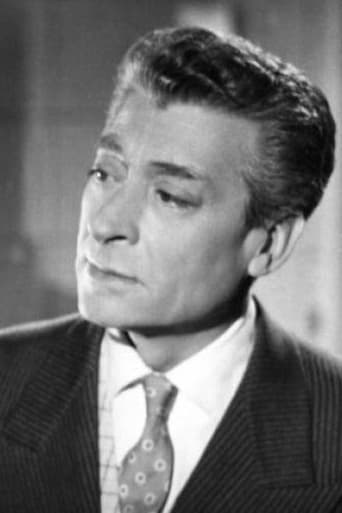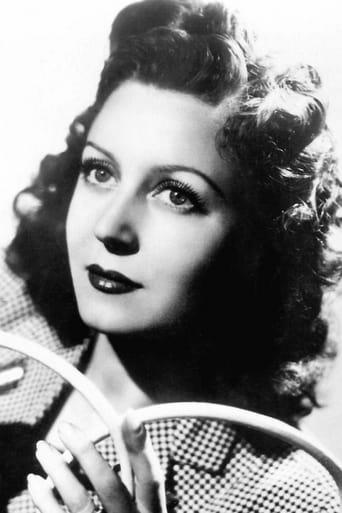Console
best movie i've ever seen.
Baseshment
I like movies that are aware of what they are selling... without [any] greater aspirations than to make people laugh and that's it.
ThedevilChoose
When a movie has you begging for it to end not even half way through it's pure crap. We've all seen this movie and this characters millions of times, nothing new in it. Don't waste your time.
Fatma Suarez
The movie's neither hopeful in contrived ways, nor hopeless in different contrived ways. Somehow it manages to be wonderful
cstotlar-1
"Lola Montes" is a film about movement in every way. The famous tracking shots, so widely written about, are absolutely necessary here and in Max Ophuls' direction reached an apogee. They dominate such different story lines as "Le plaisir", "Madame De...", "Liebelei" and the rest but here the subject is motion - a life in perpetual, ceaseless motion. Actually this motive was appealing to Ophuls in general - lost earrings, the dance of the masked man and down the line -but here it uses a life as its opening premise. Actually the film is not really concerned with the title character as with the men whose lives it touches. In that capacity Martine Carol fulfills her role quite adequately. There's not much to see in Lola - she is portrayed in two dimensions throughout the film and her character was never intended to come to life. The men around her, on the other hand, are a wonderful lot with totally different responses to Lola's seductiveness and this is at the core of the film. The colors of the circus are fabulous and the season's of Lola's life depicted in some of the most sophisticated color schemes I've ever encountered. The wintry blues and whites in the palace with the snow depict the end of one man's life while the autumnal shades of her affair with Liszt were breath-taking. Someone reported that Phuls had actually painted the ground around the carriage to simulate the end of an affair. My only objection in the entire film is George Auric's overuse of his beautiful opening music at the film's beginning. It outlasted its welcome, unfortunately. This is a great film and fitting end to a remarkable career by yet another - Max Ophuls.Curtis Stotlar
blanche-2
Max Ophuls' last film is the opulent "Lola Montes," starring Martine Carol, Peter Ustinov, Anton Walbrook, and Oskar Werner. Ophuls sets the background for Lola's story as a circus, where she is the star. Ustinov, as the ringleader, tells the audience her story, acted out by circus performers and also seen in Lola's flashbacks: her early bad marriage, debut as a dancer, various scandals, her affairs with Franz Liszt and King Ludwig of Bavaria (Anton Walbrook), and her escape from Bavaria as revolutionaries close in, after which she arrives at the circus.In "Lola Monte," Lola's story ends at the circus. In real life, after leaving Bavaria, Lola worked in both Australia and America, re-married, and had a home in Grass Valley, California, which is now a historic landmark. Her last years were spent in the New York City area where she acted and lectured before suffering a stroke.Carol is a beautiful Lola, a woman who in love affairs is one of repressed and detached emotions, but prone to wild antics and flares of temper. The song "Whatever Lola Wants" is inspired on Lola Montes, and in the film, it's clear that when she wanted something, she went after it, no matter the consequences.The color, the costumes, the sets of this film are all gorgeous - this apparently was the only time that Ophuls used color. The camera work is flawless.While one does not become fully emotionally invested in the character of Lola, this beautiful film is definitely worth seeing, from a great master.
FloatingOpera7
With 1955's "Lola Montes" director Max Ophuls concluded his long career. He died shortly afterward. In many ways, this is his greatest film. The first film he used Technicolor was also his last. The cinematography, at its time, and in France especially, was new and innovative. By the mid 50's Technicolor was all the rage. However, only few directors could make a colorful film dramatic and not just fluff. Ophuls adapted the historic account of 19th century world famous courtesan Lola Montes to a fictionalized drama of her life. In the end of her life, Lola Montes is the feature attraction at a circus, headed by the money-hungry P.T. Barnum-like ringmaster played by the excellent actor Peter Ustinov. Through a series of panoramas and stunts her life is retold. The movie is mostly her flashbacks, though not necessarily in chronological order. She recalls how her mother sold her to a man she did not love. She ended that marriage and became a dancer/courtesan. A sex icon of her time, she drew many famous lovers. Among these was the mesmerizing pianist Franz Liszt, who rocked the world of classical music in the 19th century. Liszt abandons Lola who does not take long in taking up new lovers, each more powerful than the last. Her "ascent" - showcased by climbing ladders up to the suspended cage above the ring, represents her social climbing as a courtesan. At the height of her career, she was the mistress of the then politically troubled King Ludwig of Bavaria, the "Mad King", played successfully and effectively by Anton Walbrook.Lola is played by Martin Carol, a French model and actress who in real life died tragically. For this role, Carol did not accentuate the sensuality or free spirit of the eponymous heroine, who was known to be quite liberal, independent and highly sexual. This would be because it was the repressive 50's and sex was definitely not accepted on film or on television. Carol portrays Lola as a dignified woman, adding a touch of class and even pathos. She's even a victim of a male-dominated and cruel society. She's a quiet submissive object of beauty, as still as the Odelisk painting she poses for "en rose" or in the nude. The sad finale makes us feel very sorry for Lola. While we think she will die from that high jump to the center ring, especially because she has just re-lived her hard life through memories, and endured much public inspection by shameless spectators. However, she lives, but barely, as a sad, resigned woman who is possibly living her last days as the object of attention, though this time to her own detriment. Her glory days behind her, she's nothing but a sideshow now, where men pay for a kiss from her. My favorite scenes: Lola as a young girl on a cruise with her mother who is bent on marrying her off, Lola dancing at the Paris Opera Ballet, Lola and Liszt, Lola and her indiscreet affair with the married conductor of the Tivoli cabaret Claudio Pirotto. And of course the scenes with the King Ludwig. And that finale still gets to me.
patherto
The entire film rests on Martine Carol, and I'm afraid she just isn't the girl for me. I can't imagine anyone wanting to die for her, or even suffer a little. Ustinov is wonderful, the camerawork and choreography are dizzyingly effective, and the concept of the film holds great potential. I'm a fan of Ophuls and think his films are remarkable. But…I have the same problem with Jeanne Moreau. Both Carol and Moreau are supposed to be devastating, and they are simply not up to the job. (At least Moreau smiles every now and again.)

